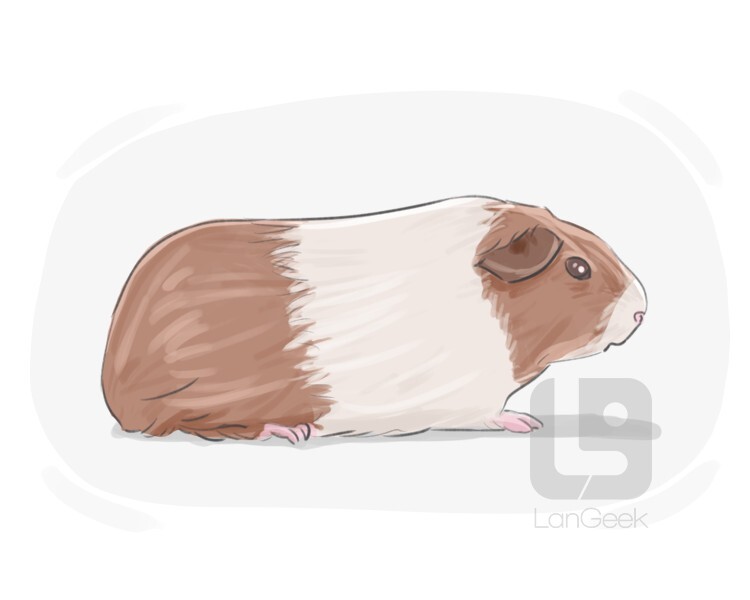Guinea pig
01
기니피그, 카비아
a small furry animal with rounded ears, short legs and no tail, which is often kept as a pet or for research

예시들
He cleaned the guinea pig ’s cage every week.
그는 매주 기니피그의 케이지를 청소했다.
Children love to cuddle and pet their guinea pigs, enjoying their gentle and sociable demeanor.
아이들은 기니피그를 껴안고 쓰다듬는 것을 좋아하며, 그들의 부드럽고 사교적인 성격을 즐깁니다.
02
기니피그, 실험 대상
someone on whom scientific experiments are tested

예시들
The new drug is still in its testing phase, and they need volunteers to be guinea pigs for the clinical trials.
새로운 약은 아직 시험 단계에 있으며, 그들은 임상 시험을 위한 실험용 쥐가 될 자원 봉사자가 필요합니다.
She felt like a guinea pig when her company implemented a new management system without warning.
그녀는 회사가 경고 없이 새로운 관리 시스템을 시행했을 때 실험용 쥐처럼 느꼈다.




























